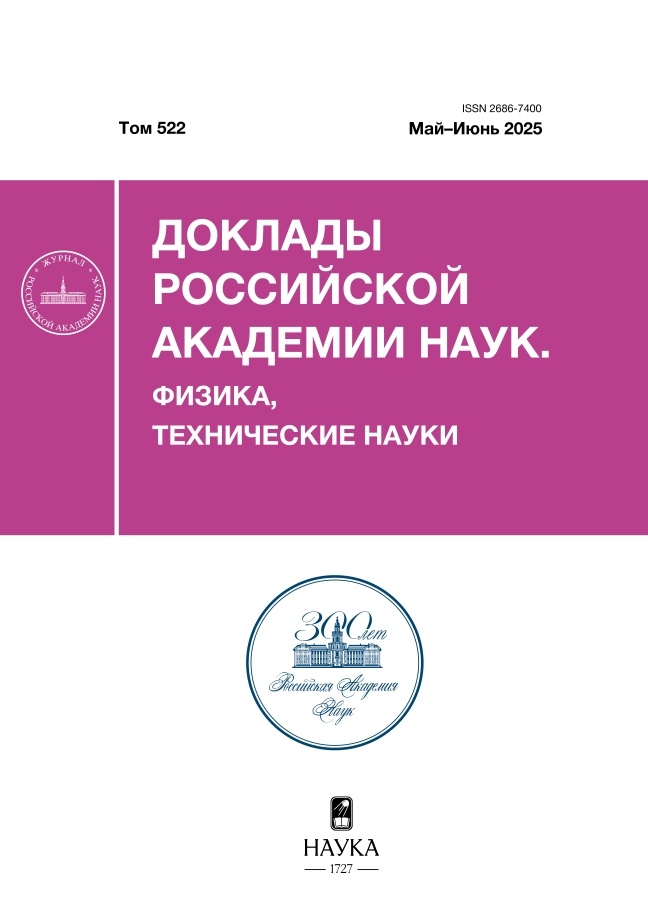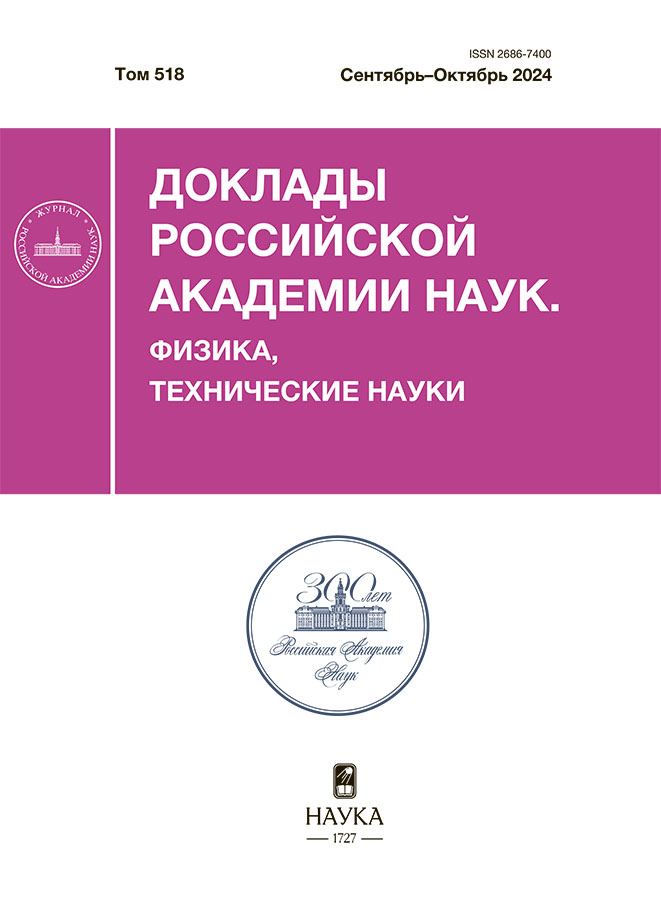Уравнения движения, удовлетворяющие закону сохранения энергии
- Авторы: Винокуров Н.А.1
-
Учреждения:
- Институт ядерной физики им. Г.И. Будкера Сибирского отделения Российской академии наук
- Выпуск: Том 518, № 1 (2024)
- Страницы: 3-9
- Раздел: ФИЗИКА
- URL: https://kld-journal.fedlab.ru/2686-7400/article/view/677499
- DOI: https://doi.org/10.31857/S2686740024050017
- EDN: https://elibrary.ru/HYDNQA
- ID: 677499
Цитировать
Полный текст
Аннотация
Обычный вывод уравнений движения в механике и уравнений поля в теории поля основан на принципе наименьшего действия с подходящей функцией Лагранжа. При независимой от времени функции Лагранжа функция координат и скоростей, называемая энергией, постоянна. Данное сообщение представляет другой подход – вывод общей формы уравнений движения, которые обеспечивают постоянство энергии, заданной в виде функции обобщенных координат и соответствующих скоростей. Показано, что это – уравнения Лагранжа с добавочными гироскопическими силами. При выводе явно использовано то, что энергия задана как функция на касательном расслоении конфигурационного многообразия. По известной функции энергии находится функция Лагранжа. Обобщенные уравнения Лагранжа и Гамильтона выводятся без использования вариационных принципов. Новый метод вывода проиллюстрирован на примере некоторых уравнений.
Полный текст
Об авторах
Н. А. Винокуров
Институт ядерной физики им. Г.И. Будкера Сибирского отделения Российской академии наук
Автор, ответственный за переписку.
Email: N.A.Vinokurov@inp.nsk.su
Член-корреспондент РАН
Россия, НовосибирскСписок литературы
- Ландау Л.Д., Лифшиц Е.М. Механика. 4-е изд. М.: Наука, 1988.
- Гантмахер Ф.Р. Лекции по аналитической механике. 3-е изд. М.: Физматлит, 2002.
- Зоммерфельд А. Механика. Ижевск: РХД, 2001.
- Ланцош К. Вариационные принципы механики. М.: Мир, 1965.
- José J.V., Saletan E.J. Classical dynamics: a contemporary approach. Cambridge University Press, 1998.
- Винокуров Н.А. Вывод уравнений аналитической механики и теории поля из закона сохранения энергии // УФН. 2014. Т. 184. Вып. 6. С. 641–644.
- Винокуров Н.А. Связь закона сохранения энергии и уравнений движения // УФН. 2015. Т. 185. Вып. 3. С. 335–336.
- Дубровин Б.А., Новиков С.П., Фоменко А.Т. Современная геометрия: Методы и приложения. Т. II. Геометрия и топология многообразий. 4-е изд. М.: Эдиториал УРСС, 1998.
Дополнительные файлы











